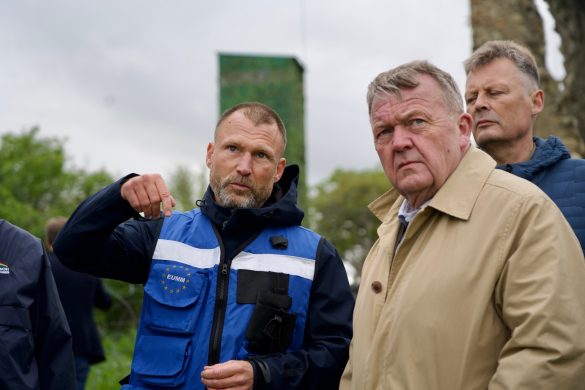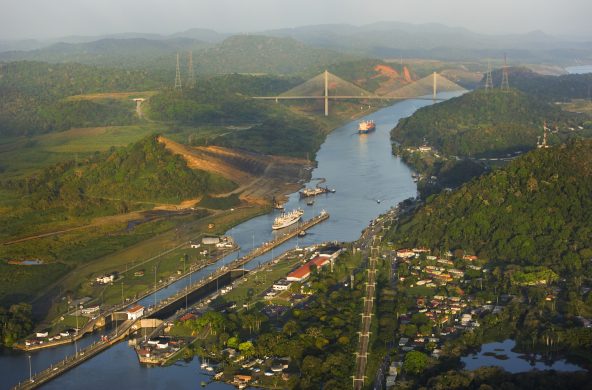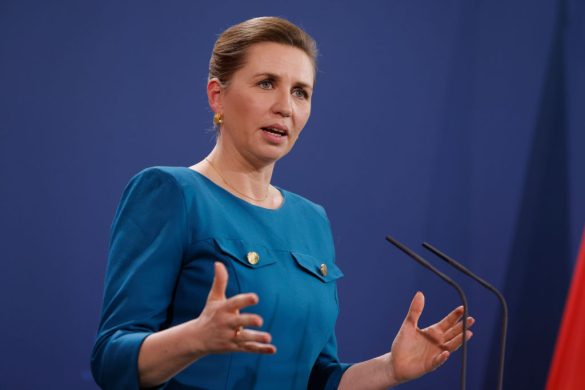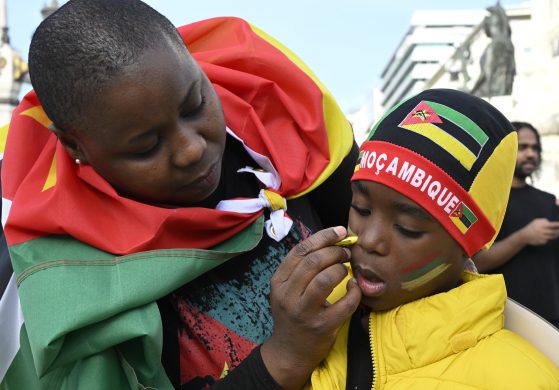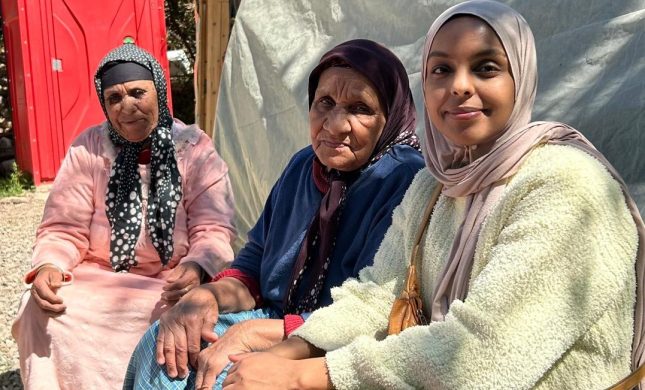What About Men And Gender? World Bank Publication Calls For “Menstreaming” Development
WASHINGTON, October, 24: Accomplishing the goal of gender equality (ligestilling mellem kønnene) will be difficult, if not impossible, without considering men in the gender and development debate and focusing on the relations between men and women, according to a new book, “The Other Half of Gender”, released Tuesday by the World Bank.
While gains have been made over the decades, initiatives by government and development agencies that focused exclusively on women have in some cases inadvertently (utilsigtet) increased womens work burden and violence against them, the book reveals and recommends applying a more inclusive perspective that also considers mens gender issues.
The authors believe that while there is a long way to go making a more inclusive (altomfattende) gender perspective a reality, the first step must be to move beyond the conventional gender paradigm (opfattelse) that focuses exclusively on women and is based on the oppositional and two-dimensional “women as victim, men as a problem” attitude that has pervaded (gennemsyret) the gender and development debate over the decades.
– We believe that the time has come to better understand men from a gender perspective, for the benefit of men, women, future generations, and the society as a whole, said (Danish national) Steen Jørgensen, World Bank Director for Social Development.
Empowering women has been placed at the center of the gender issue since 1970s when feminist advocates and academics brought attention to the special needs and potential of women in development.
However, over the last decade, there has been a growing, but still timid (nærmest frygtsom), interest in understanding the male side of gender in development, that is, how gender norms and constructs in society negatively affect men themselves as well as the development processes.
– Despite this new understanding of gender, development practice on gender remained firmly focused on women – and to this day, when we talk about gender, we automatically mean women, said Ian Bannon, Manager of the Conflict Prevention and Reconstruction Unit at the World Bank.
– There has also been a concern that drawing attention to male issues will draw scarce resources away from programs focused on women. But this misses the point. Men and gender is not about transferring benefits or attention from women to men, added he.
Rather (snarere) womens well-being can generally not improve without including men because it concerns relationships between men and women, and these relations are subject of constant negotiations.
Addressing gender issues, including those that disadvantage women, thus requires understanding gender as a social system that affects both men and women and their inter-relations, according to the book.
Case Studies on Men and Gender Relations
The book argues that the inclusion (indlemmelse/medtænkning) of men in gender work is important in and of itself. It does so, by linking male and gender to some of the most relevant issues of the day, including conflict and the HIV/AIDS pandemic.
– With respect to men, this requires understanding masculinities – what it takes to become an adult man and the different ways of constructing a sense of male identity, Bannon added.
The book presents case studies from Sub-Saharan Africa, Latin America and the Caribbean.
In the case of Africa, the book explores the Rwandan tragedy within the continents rapid urbanization and growing male youth population – how young men construct their masculinity in the region and the implications (virkningerne) for violence, conflict and HIV/AIDS.
Before the genocide (folkemordet), Rwandan youth were faced with issues such as: land scarcity, lack of opportunities and rural poverty which were all contributing factors in the mobilization of the genocide.
– Gender is also about the way social structures and authority give men power over other men, resulting in their marginalization, discrimination, and subordination (underkastelse), said Maria Correia, Manager, Multi-country Demobilization and Reintegration in Africa, World Bank.
Correia emphasized:
– To ignore this other side of gender is to ignore a critical variable in some of the most pressing issues the development world is tackling today – including the spread of the HIV/AIDS pandemic, pervasive (udbredte) patterns of war and conflict, urban crime and delinquency (lovovertrædelser), insecurity, and even terrorism. Addressing male gender issues is also central to securing the elusive (flygtige/vanskelige) goal of womens equality.
In the case of Latin America and the Caribbean, the book examines the way in which economic changes brought about by globalization are impacting labor markets, the nuclear family (kernefamilien) and the role that fatherhood plays in shaping mens identity.
Fatherhood is central to mens sense of their own identity and for the well being of their children. According to the book and regardless of the economic status, all men see their own role as the principal provider (forsørger) and often as disciplinarian, similar to the role of men in patriarchal families.
Dominant Masculinity
The book points out that while there are many ways of being a man, some ways are more valued than others across societies and cultures. Men feel social pressure to conform to the traditional ideals – hegemonic masculinity – of manhood. Collapsing livelihoods, war and violence have lead to a crisis of masculinity, the book suggests.
Globalization, economic change and poverty have eroded mens traditional role as economic providers causing men to seek affirmation (bekræftelse) of their manhood in destructive ways (unprotected sex, domestic and social violence, criminal behavior and even terrorism).
According to Marc Sommers, Professor, Humanitarian Studies, Tufts University, “Male youth are Africas vanguard (fortrop)”.
– They are leading the charge in cities; Male youth are featured in military outfits across the continent. They are being devastated by the AIDS epidemic, and their place on the margins of most reconstruction and development efforts in Sub-Saharan Africa threatens to undermine efforts to improve African lives, noted he.
For men living in low-income, economically marginalized areas in particular, or conflict and war-affected zones, or because they are disabled, it is extremely difficult, and sometimes impossible, to fulfill the traditional masculinity model, the book concludes.
Kilde: www.worldbank.org




